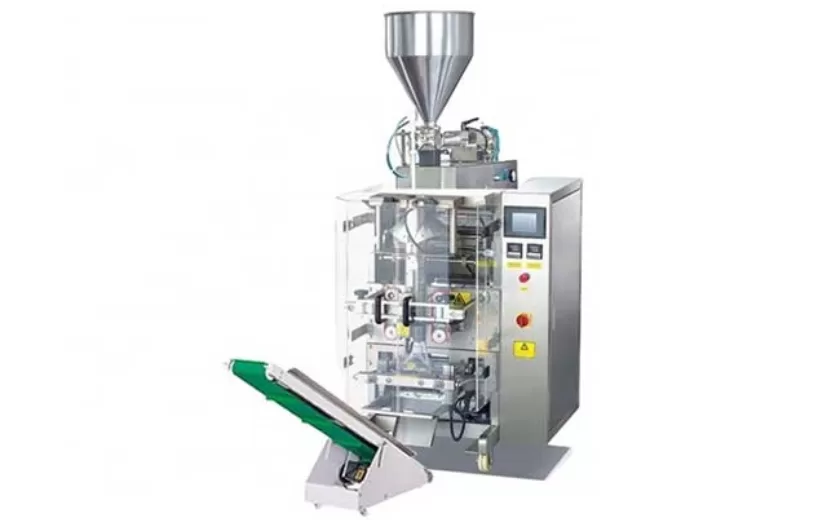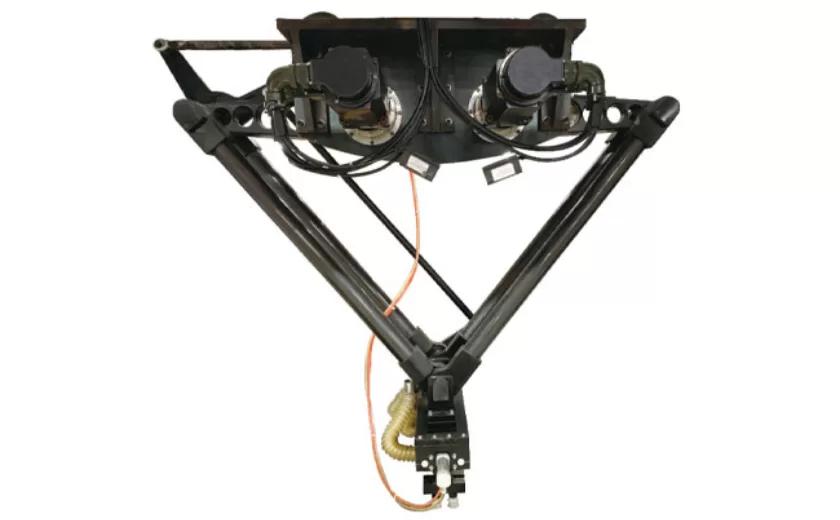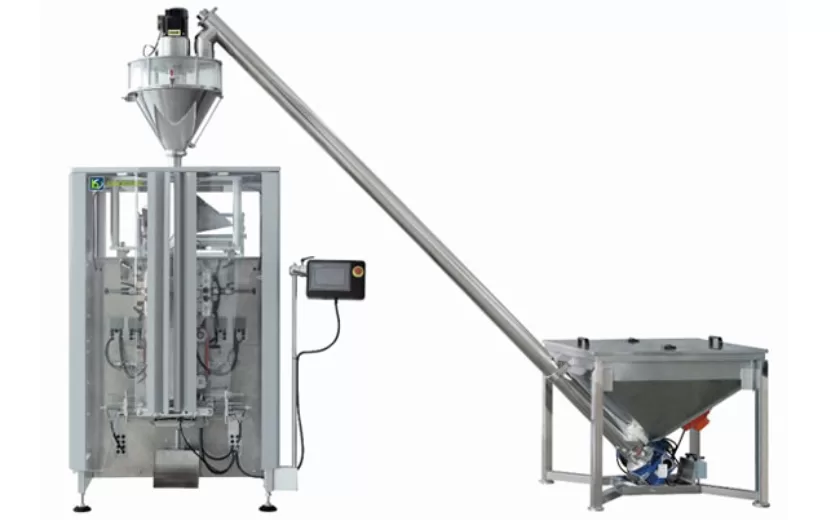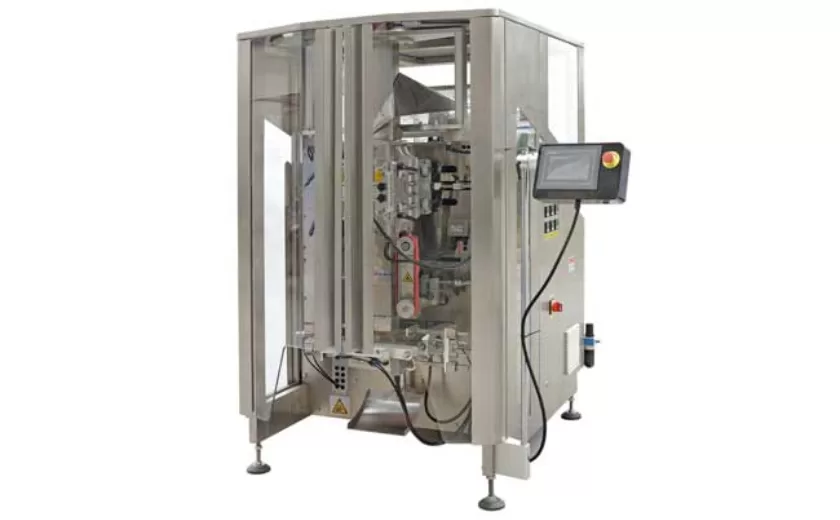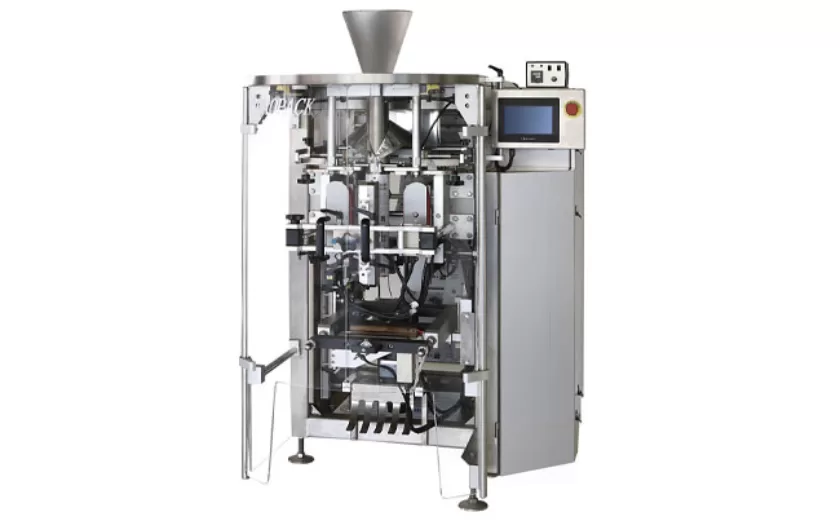Key Features to Look for in Liquid Filling Equipment
Liquid filling equipment is an essential component of many manufacturing processes, and choosing the right equipment can significantly impact efficiency, accuracy, and product quality. When evaluating liquid filling equipment, there are several key features to consider to ensure that it meets your specific application requirements. This article explores the key features to look for when selecting liquid filling equipment, providing insights to help make an informed decision.
Accuracy and Precision
Accuracy and precision are paramount in liquid filling applications, as they directly influence product consistency and quality. Look for equipment with accurate dispensing mechanisms that can consistently deliver the desired volume of fluid within specified tolerances. Consider equipment with advanced features such as flow meters, load cells, or servo motors to ensure precise and repeatable filling operations.
Fill Rate and Throughput
Fill rate and throughput are crucial factors for high-volume production environments. Evaluate equipment with adjustable fill rates to cater to different product viscosities and container sizes. High-throughput equipment can minimize downtime and increase productivity, especially in continuous filling applications. Look for systems that offer multiple fill heads or simultaneous filling capabilities to maximize efficiency.
Product Compatibility
The compatibility of the equipment with the liquid being filled is essential for safe and reliable operation. Ensure that the equipment is constructed from materials that are compatible with the specific liquid, preventing corrosion or chemical reactions. Consider equipment with seals and gaskets that are resistant to the fluid being handled to avoid leaks or contamination.
Container Flexibility
Liquid filling equipment should accommodate various container shapes and sizes to meet packaging requirements. Look for equipment that can handle a wide range of containers, from small vials to large bottles or drums. Consider systems with adjustable filling nozzles or conveyors to ensure proper alignment and sealing with different container types.
Cleaning and Maintenance
Regular cleaning and maintenance are crucial for maintaining equipment hygiene and extending its lifespan. Choose equipment that is easy to clean and maintain, reducing downtime and labor costs. Look for equipment with quick-release components, sanitary designs, and automatic cleaning capabilities to expedite the cleaning process and minimize the risk of contamination.
Operator Interface
User-friendliness and ease of operation are essential for efficient filling operations. Look for equipment with intuitive operator interfaces that provide clear and concise information. Consider systems with touchscreen displays, programmable controls, and remote monitoring capabilities to improve usability and minimize errors.
Safety and Compliance
Safety and compliance are paramount when working with liquids. Ensure that the equipment meets industry standards and regulations related to hazardous liquids or flammable substances. Look for equipment with safety features such as emergency stops, leak detection systems, and interlocks to prevent accidents and ensure operator safety.
Integration and Automation
In modern manufacturing environments, integration and automation are key to optimizing production processes. Look for equipment that can seamlessly integrate with existing production lines or control systems. Consider systems with programmable logic controllers (PLCs), robotic arms, or advanced sensors to enable automated filling operations, reduce human error, and increase overall efficiency.
Choosing the right liquid filling equipment is crucial for achieving accurate, efficient, and reliable filling operations. By considering the key features outlined in this article, you can evaluate equipment that meets your specific application requirements and ensures product quality, minimizes downtime, and maximizes productivity. Remember to carefully assess the accuracy, fill rate, product compatibility, container flexibility, cleaning and maintenance requirements, operator interface, safety and compliance, and integration capabilities to make an informed decision. By investing in high-quality liquid filling equipment, you can optimize your production processes, reduce costs, and improve overall product quality.
-
Advanced Packing Solutions: Snacks, Sugar, and Frozen Food Machines
29-10-2025 -
Efficient and Reliable Solutions for Salt, Nuts, and Frozen Dumplings Packing
29-10-2025 -
High-Performance Biscuits, Lollipop, and Ketchup Packing Machines for Modern Food Production
29-10-2025 -
Efficient Liquid Filling and Packing Machines for Modern Production
23-10-2025 -
Reliable Granule Packaging Machines for Efficient Production
23-10-2025 -
Efficient Auger Powder Filling Machines for Accurate Packaging
23-10-2025 -
High-Performance Liquid Filling and Packing Machines for Hygienic Production
10-10-2025 -
High-Efficiency Granule Packaging Machines for Precision and Speed
10-10-2025 -
High-Precision Auger Type Powder Filling Machines for Efficient Packaging
10-10-2025 -
Efficient Vertical Form Fill Seal Packaging Machines for Smart Production
10-10-2025





